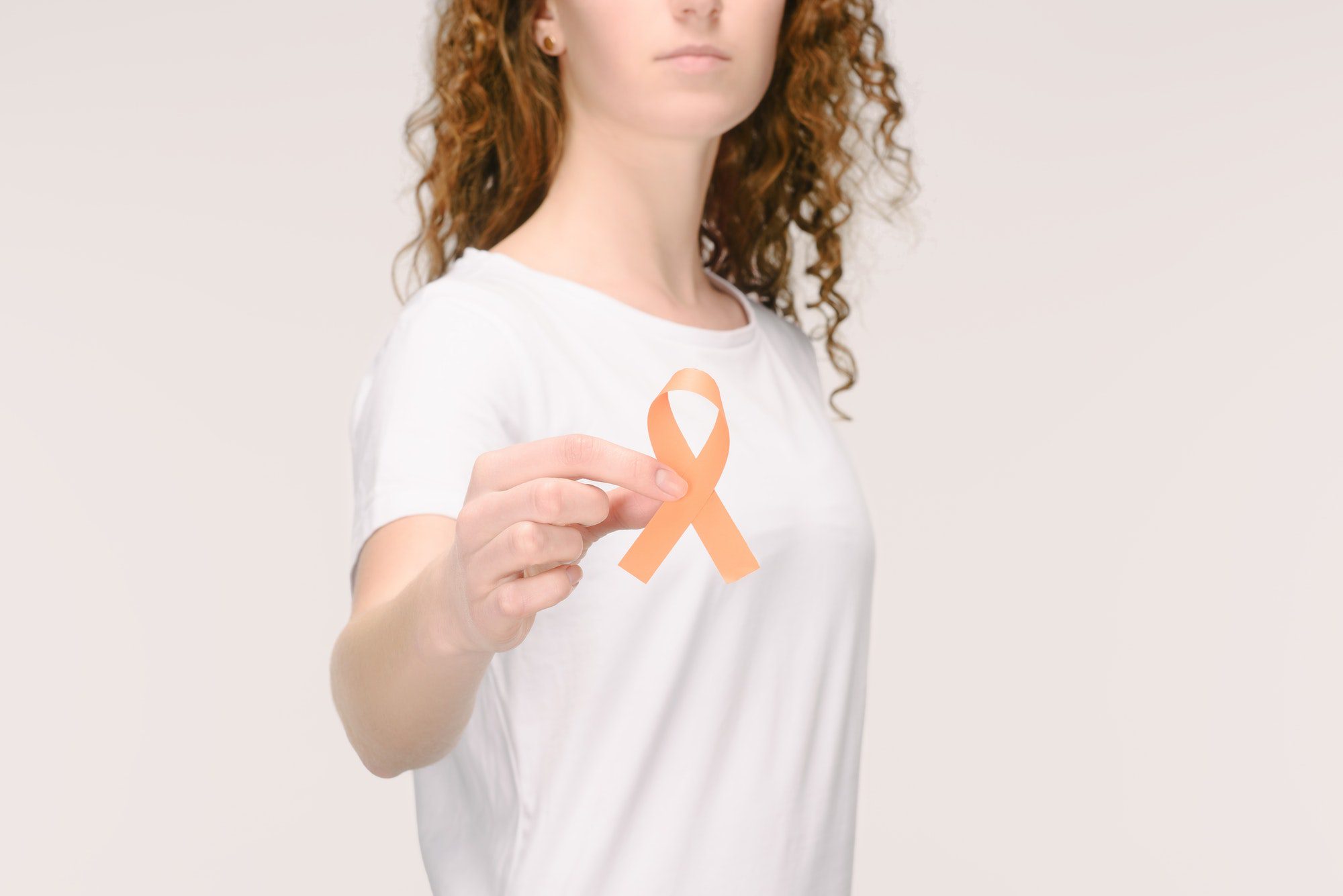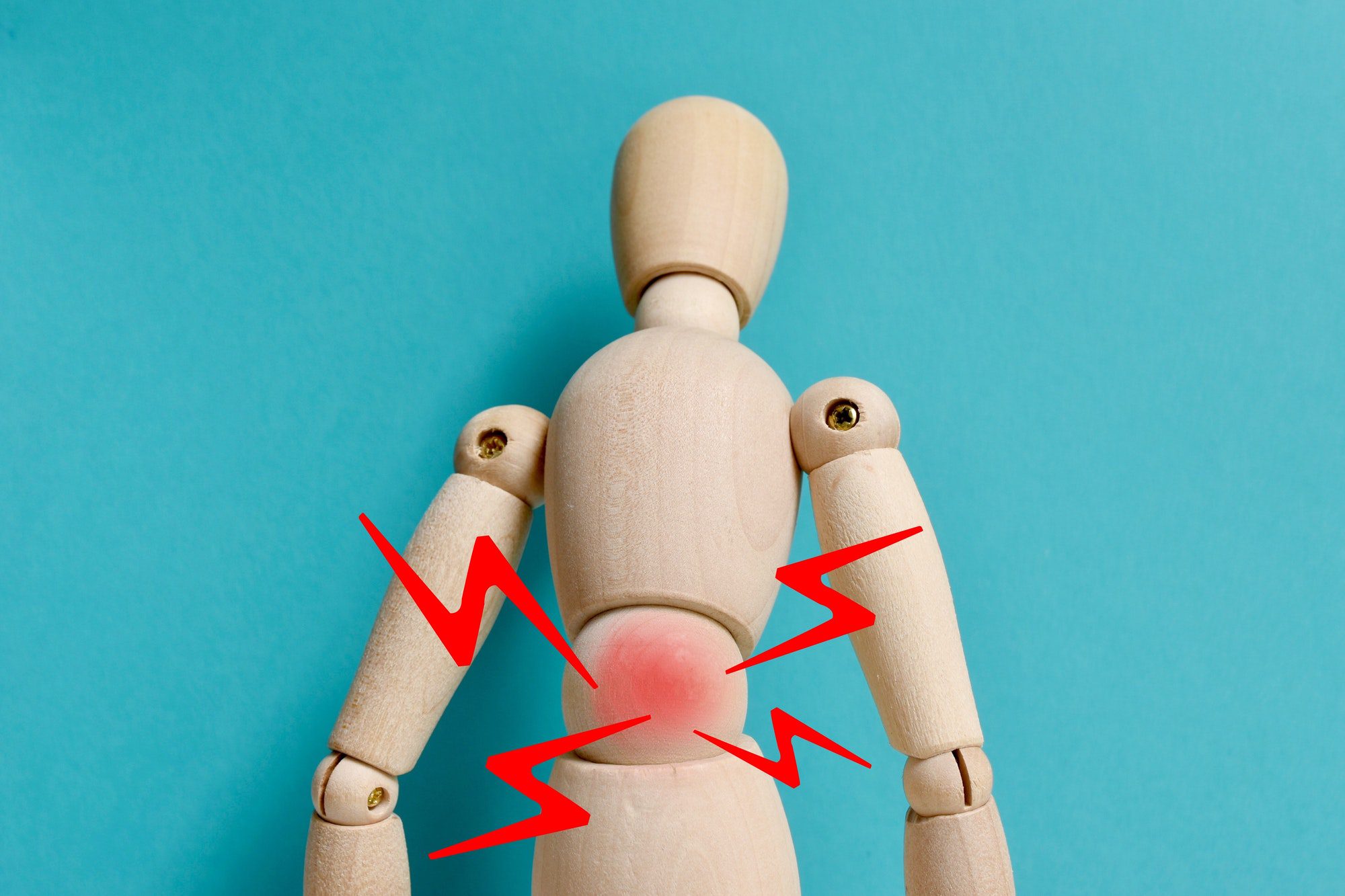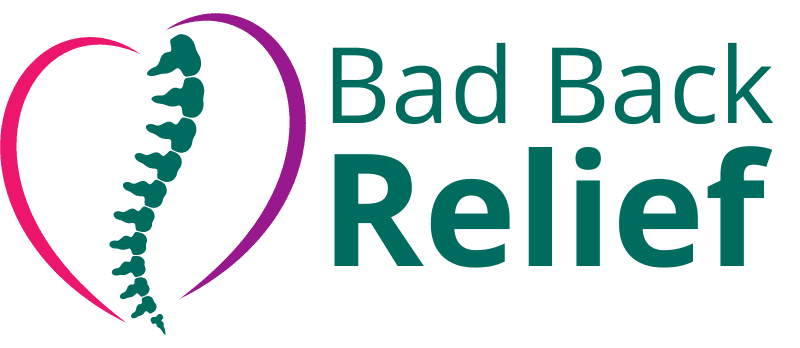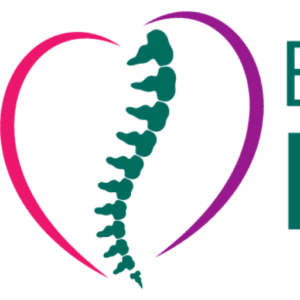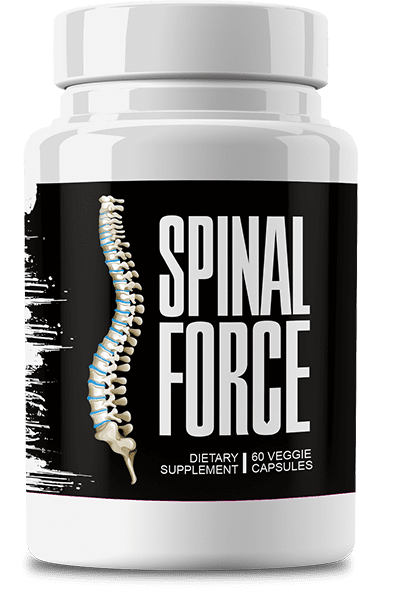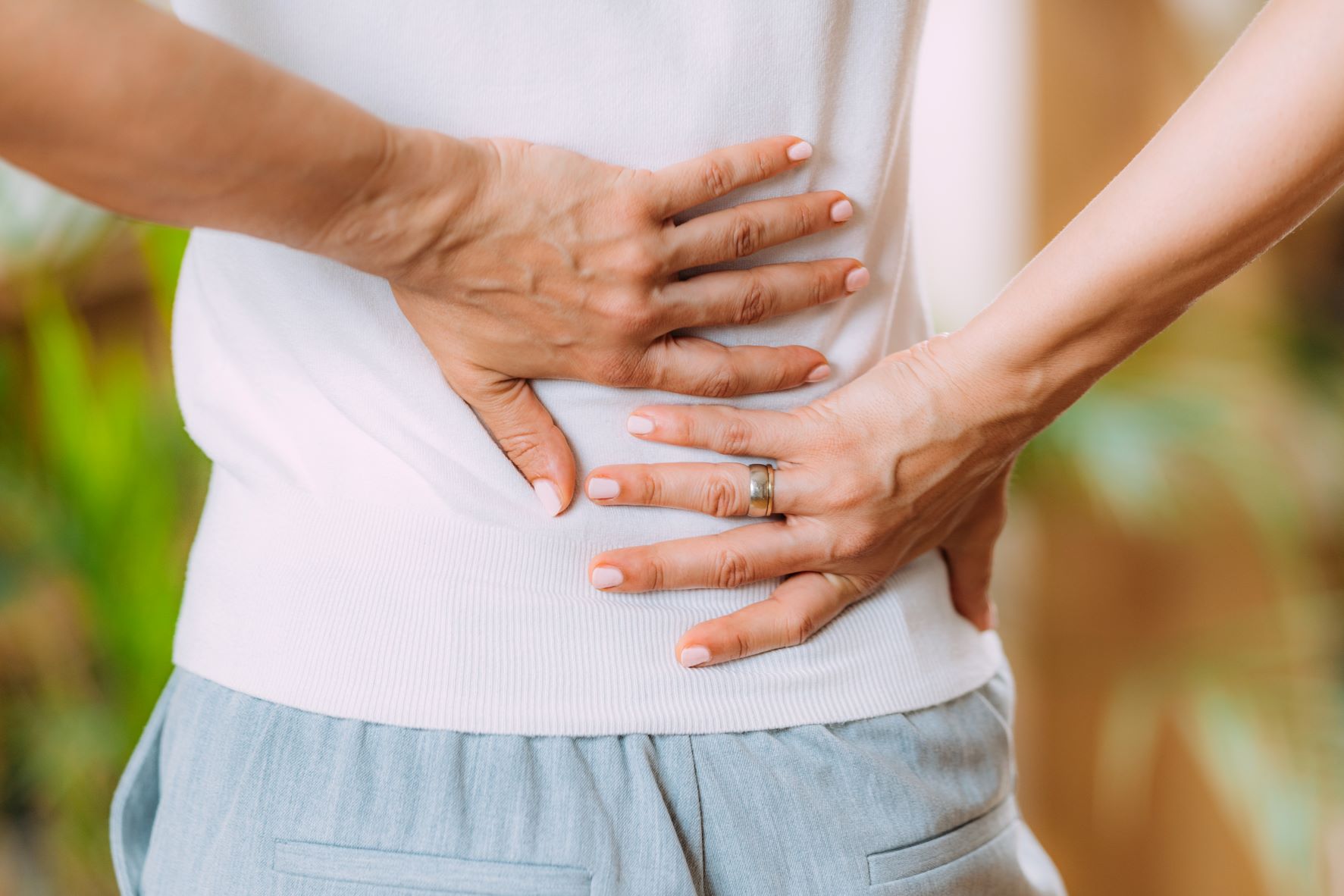
Back Pain and Tendons
Editor
July 9, 2022
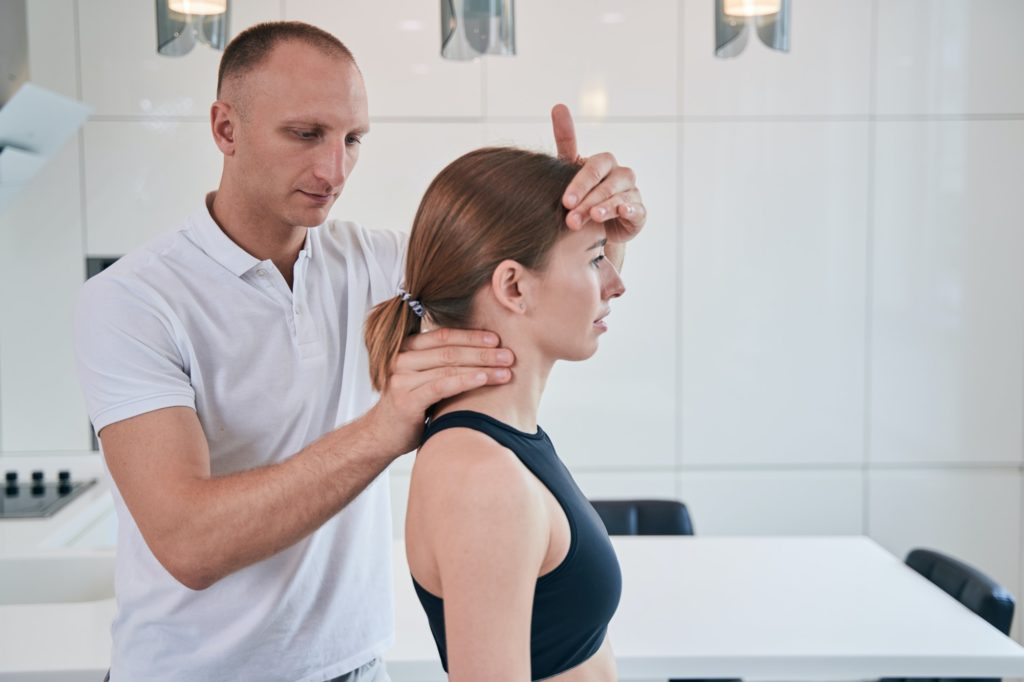
The skeletal muscles supply us with movement, which is supported by the posture. Our muscles will shorten, tighten, contract, and promote mobility. The muscles join with bones that attach to the tendons. Once the muscles begin contracting, the muscles are stimulated and join the fibres through our motor neuron cells. The nerves make up axons, bodies of cells, dendrites, etc, and these elements transmit impulses to the nerves, sending the impulses to the major components of our system, such as the Central Nerve System. The network joins with cells, fibres, muscles, etc, and conveys messages, transmitting them through sensations that stop at the brain. The brain transmits signals that are sent from motor impulses and carried onto the organs and muscles. Collagen is produced from the muscle fibres, which the tendons surround the fibres via the softer tissues. (Paratenon)
Injuries in this area occur when a person suddenly stretches or overexerts the tendons. The back muscles in the leg make up the gluteus medius, (Hamstrings) biceps femoris, (Hamstrings), gluteus maximus, iliotibial tract, Sartorius, adductor Magnus, gastrocnemius, semitendinosus, and the soleus. In this area, the muscles can be completely ruptured or incompletely ruptured. The soleus, tibia, fibula, Achilles, etc, are in the areas that are usually strained, or ruptured. The pain can be caused by the injury and can also affect the back. Since the legs are limited, as well as the tendons, muscles, etc, mobility is limited, which restricts muscle movement. This means that muscles are not exerting daily on the level required to function properly. Tendons operate akin to ligaments.
Ligaments are vigorous bands that mingle with threads of collagen fibre. The fibre connects to the bones. The fibre bands and bones connect and encircle the joints. We get our strength from these joints. Tendons are ligaments and muscles respectively since tendons join with the muscles, which make up connective proteins and/or collagen. Tendons make up fibre proteins. The protein fibres are created in the cartilages, bones, skin, tendons, and interrelated connective tissues. Tendons are affected when various conditions interrupt their actions, including simple tendonitis, and peritendinitis.
Tendons are also interrupted when spinal or neck injuries occur. Neck injuries include whiplash, which many people believe is a head injury. Contrary to their notions, whiplash is a neck injury usually caused by rear-end motorized collisions. Whiplash is neck damage, which can cause disjointed, fractures, ruptured spines, etc. Whiplash can lead to edema, haemorrhaging, and so forth. The problem causes pain around the neck and shoulders but extends to the back. Whiplash can also depress the nerves, which leads to linear and/or comminuted difficulties. Comminuted difficulties arise from bone damage.
Spinal injuries often occur during falls, slips, inappropriate movement, muscle exertion, automobile accidents, trauma, and so on. In fact, the coccyx lies on the bed of the second spinal column. Damage to this baby can lead to serious problems, which the coccyx is non-supported. The coccyx creates the fused bones. The fused bones reside at the baseline of the spinal columns. The bones in summary are the tailbone.
The coccyx is at greater risk than any other element within the skeletal structure since the coccyx can break easily from falls, thus leading to coccygodynia. Coccygodynia is a condition of the spinal that can create damning pain. Back injuries and injuries to the neck can affect the airway, breathing, and blood circulation. Some injuries require resuscitation.
Resuscitation is the process of clearing the airway. The act is performed by smoothly tilting the head back and lifting the chin. The tongue is pulled clear so that air can travel to the lungs. If neck injuries are present, you want to take extra precautions if resuscitation is necessary. Once you clear the airway using your ear, place it over the mouth and listen for breathing. You can also put your hand over the mouth to feel breathe. If you cannot get results after testing for breathing, you will need to test the carotid pulses located in the neck to check for circulation.
Featured


